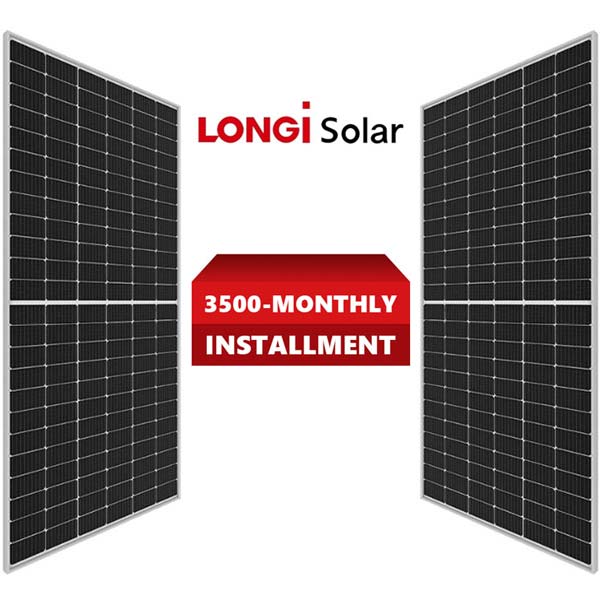Select your city*
Select your province*
Longi Solar panel efficiency refers to the ability of a solar panel 670 to convert sunlight into electricity. It is typically expressed as a percentage, representing the portion of sunlight that is converted into usable electrical energy.
The efficiency of Longi solar panels has improved significantly over the years, thanks to advancements in materials, manufacturing techniques, and cell designs. The most commonly used Longi solar panels are made from silicon, which can be categorized into two main types: monocrystalline and polycrystalline.
Longi Solar panels 670, also known as photovoltaic (PV) panels, have a rich history that spans several centuries. Here's a brief overview of the key milestones in the development of solar panels:
- 1. Grid Integration and Net Metering (2000s): As solar power became more widespread, technologies for grid integration and net metering were developed. Net metering allows solar panel owners to sell excess electricity back to the grid, promoting the adoption of solar energy systems.
- 2. Recent Advancements: In recent years, there have been significant advancements in solar panel efficiency and design. New materials, such as perovskite, are being explored for their potential to improve performance. Additionally, solar energy storage technologies, such as batteries, have gained attention, enabling better utilization of solar power.
The history of solar panels is characterized by a gradual progression of scientific discoveries, technological advancements, and increasing adoption as a renewable energy source. Today, solar panels are an important component of the global energy mix, contributing to the transition towards a more sustainable future.

 Longi 340w
Longi 340w